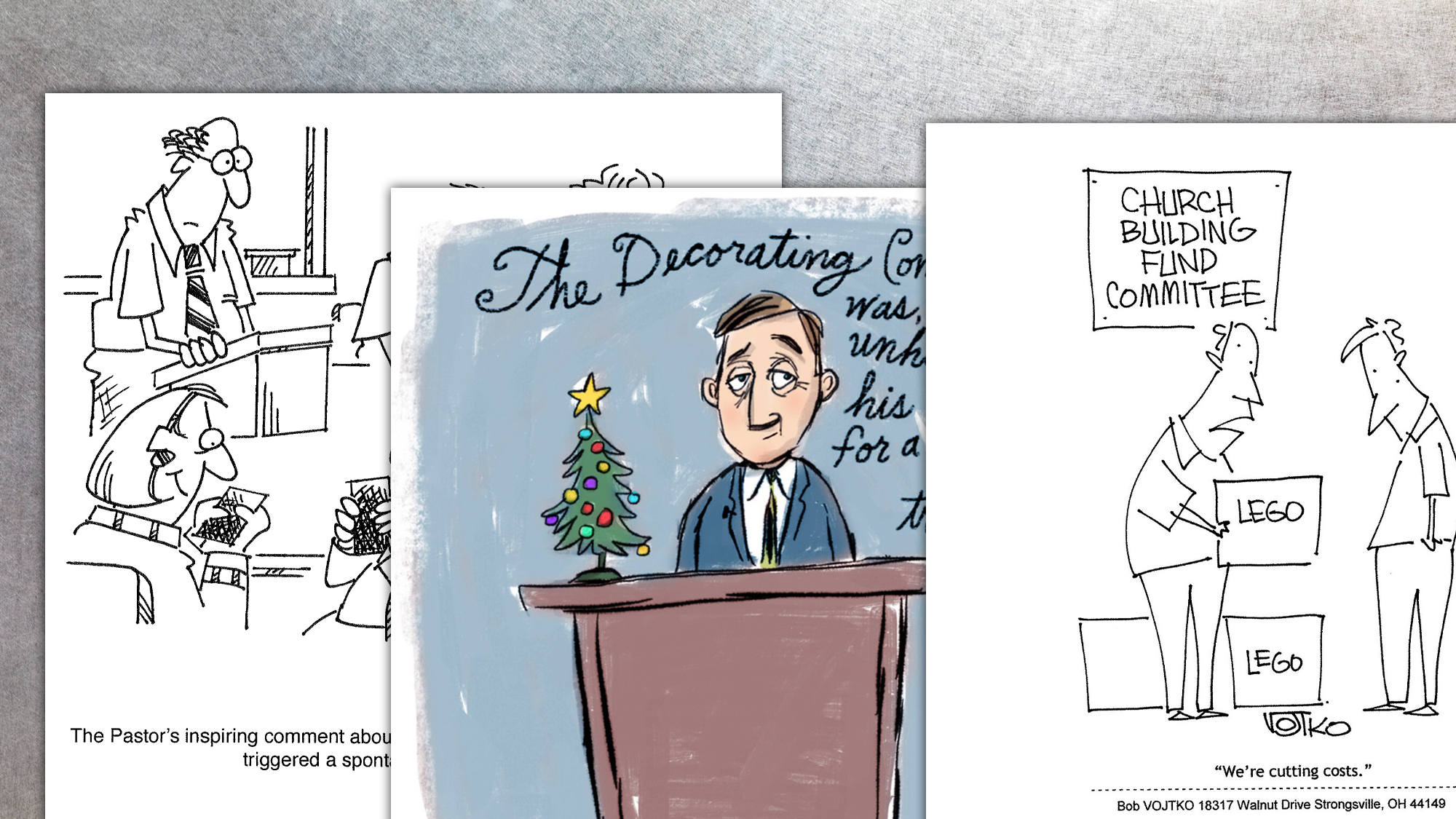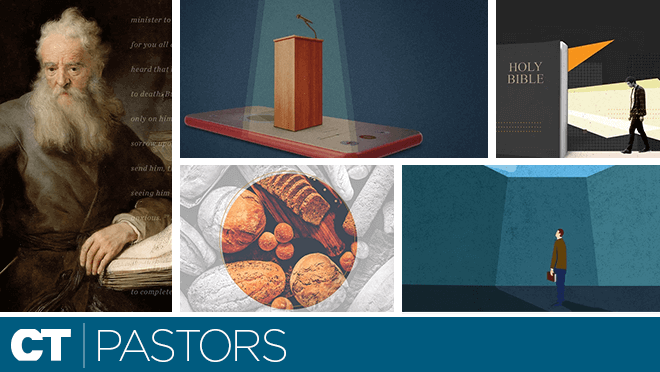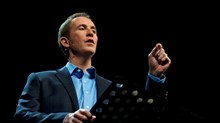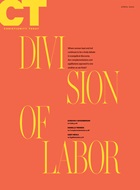Ninety-five percent African American, five percent other. These are the demographics of the Chicago neighborhood where our three-month-old church has been planted. I am "other." White. One hundred percent white. As the pastor of this young church plant, I have lost sleep over these percentages.
Most of the church planting models and examples I've been exposed to are very different from my current cross-cultural experience. In the recent past, the Homogeneous Unit Principle (HUP) was viewed positively as the rationale for starting churches of demographically similar people. This principle states that it is easier for people to become Christians when they must cross few or no racial, linguistic, or class barriers. Ideally, then, these new churches were led by pastors whose culture, class, and skin color closely matched those of their flocks.
The HUP is seen less favorably these days, but it remains common for church planters to target culturally similar people. Categories such as cultural ...
1
Support Our Work
Subscribe to CT for less than $4.25/month
























